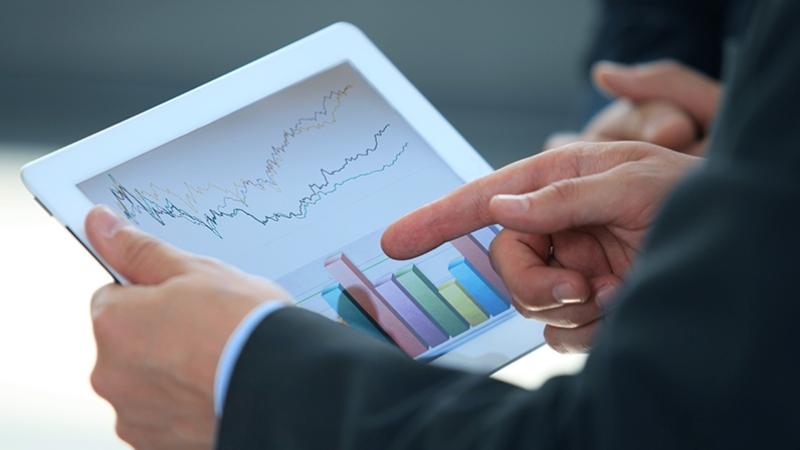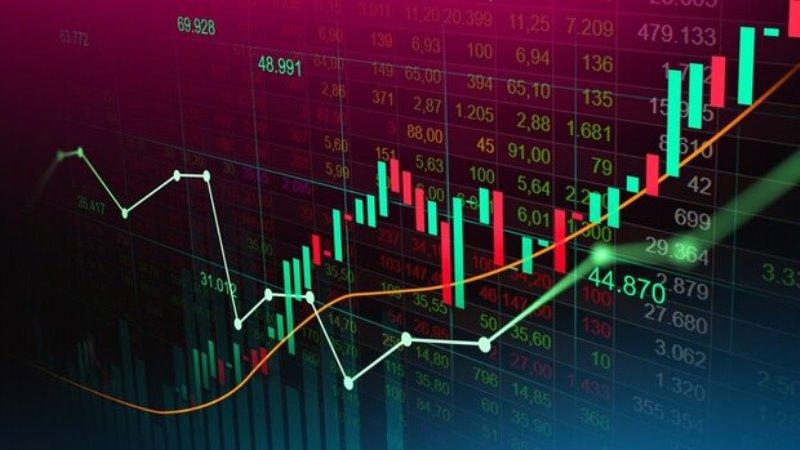Forex Trading Analysis involves the study of currency price movement through charts. It can be a very useful tool for determining profitable entry and exit points.
There are two main types of analysis used by traders in the Forex market – fundamental and technical. Both have their own benefits and disadvantages.
1. Fundamental Analysis
Forex fundamental analysis is the study of economic factors that affect the price of a currency. This involves looking at interest rates, government policies and business cycles in the two countries whose currencies are being compared.
The main economic indicators used in fundamental Forex analysis are interest rates, inflation and GDP. These economic indicators can help forecast how a currency will move in the future.
In addition to this, traders also look at geopolitical aspects that may influence a country’s economy. For example, if the United States has a strong economy and is pursuing a trade deal with China, it might impact a country’s currency.
Forex traders are also very careful to watch for key economic data releases on an economic calendar. These are often published by central banks or governmental bureaus and can have a significant effect on the forex market.
2. Technical Analysis
In Forex trading, technical analysis is a tool that allows traders to analyse a currency pair’s price movements using charts and other data. This analysis helps them determine where a currency is headed and can be applied to both long-term and short-term trades.
Support and resistance levels are important areas of the chart for technical analysts to watch. These areas have been tested by the market in the past and represent levels where prices could reverse to start a new trend or move in the main trend again.
These levels are also key for determining whether or not a particular currency is in a long-term uptrend or a long-term downtrend. These levels are often represented by trendlines which connect higher low cycles to lower high cycles in an uptrend and a lower high cycle to higher low cycles in a downtrend.
In addition to trendlines, many traders also use other indicators such as moving averages, Bollinger Bands, and Fibonacci retracements. These indicators are based on the principle that prices tend to follow established patterns, which is partly attributed to market psychology.
3. Price Action Strategy
Price action strategy is a method of trading that is used by many retail traders and institutional traders. It focuses on the basic price movement of a market, as opposed to technical analysis that uses different calculations and algorithms to predict future price movements.
Price movement is a very powerful signal provider, which makes it highly popular among forex traders. In fact, most professional traders trade forex using this technique instead of relying on indicators.
This strategy involves following the trend of the highs and lows to spot emerging trends in the market. For example, if the price of a commodity trades at higher highs and lower lows, this is a sign that the market is in an upward trend.
Another strategy is to follow horizontal trendlines, which are drawn from a particular swing low to a subsequent one, to establish the ideal points for entering and exiting trades in trending markets. Retracements to these trendlines represent an optimal price point to join the uptrend.
4. Sentiment Analysis
Forex sentiment analysis is a way to identify the overall market mood by analysing indicators and reports that measure the emotions of traders. Sentiment analysis in forex trading can help you make informed decisions about where to trade and which currencies to buy or sell.
Sentiment indicators come in various forms and from many sources, but they should be used alongside fundamental and technical analysis. They can alert you to extreme conditions and potential price reversals, as well as confirm a current trend.
Some of the most popular and useful sentiment indicators include futures open interest, the Commitment of Traders report (COT) and brokers’ position summaries. For example, if a COT report indicates that a particular currency pair has increased in open interest by 500 contracts compared to a previous day, it might suggest that prices are likely to continue moving higher.




